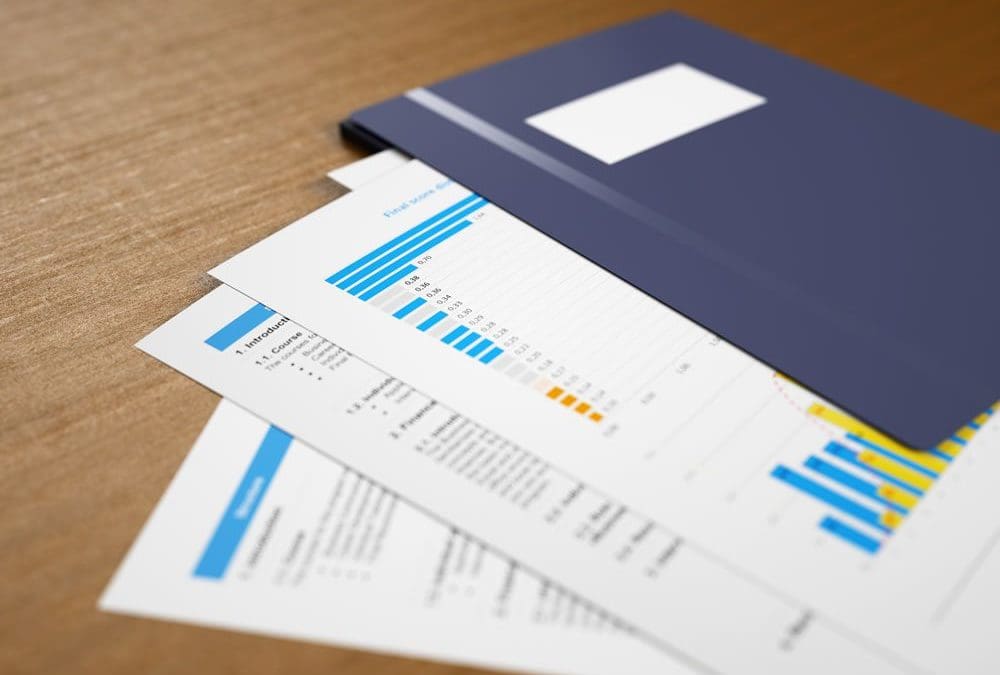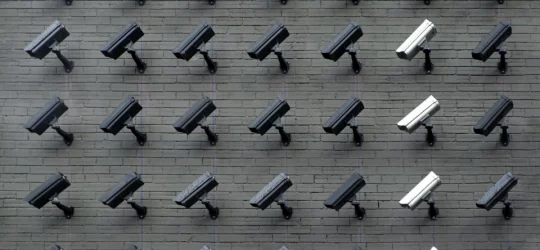Evidence Room | Packaging Manual

We’ve discussed many topics dealing with evidence handling, and highlighted the need for proper packaging, as well as proper technique. Is there a way you can address the issue of packaging even further and more directly? Yes, there is.
Packaging Manual
Many associations related to the collection of evidence have packaging manuals which describe step by step instructions for packaging certain kinds of evidence. They even have example manuals from neighboring organizations or agencies outside of the area. A great first step for any agency setting a new standard for evidence should consider reviewing such manuals, and developing their own. A packaging manual helps with communicating in clear language what the expectations of evidence entering the system should appear like.
Manual Topics
One topic that is over-looked covers agency language and acronyms. Sometimes this information is assumed, and over time we don’t convey the information formally. When it comes to evidence, we really need to avoid missing information that is part of our process. Something like this, which can be considered small, can lead to huge problems in one way or another. Spelling out acronyms as they relate to evidence, agencies that we forward materials to, language specific to processes and procedures should also be included.
A directory of services should also be supplied. It may be that certain evidentiary items need to be entered, but not maintained by the evidence room until they’ve been fully examined, and that examination service is not something we as an agency handle, but instead rely on an outside agency or third party. This is a great place to provide that information, along with contact and mailing information.
An agency packaging manual must be specific to your agency tools, policy, and standards. Even though the use of source material from other packaging materials is an acceptable way to find methods that work, don’t work, and are best practice, does not mean you can simply copy and paste material from other manuals. However, there are certain topics in such a manual that will be same as in others. We’ve talked about the uniqueness of currency, electronics, firearms, jewelry, and narcotics as it relates to the sensitive nature of these items, and how they should be packaged. In any manual, it’s important to provide photographs of the perceived stages of packaging each type of item discussed, what the limitations of material entering one bag are, and what shouldn’t be used for packaging material.
There also needs to be a section discussing item marking. You’ll find as you deal with multiple types of items, it can be difficult to place agency labels in the same exact spot every time. Aside from identifying acceptable agency labels, and acceptable information to place on or within those labels, there should also be clear written instructions, along with corresponding diagrams that show personnel the primary labeling points on packaging, and provide alternatives in case there is additional consideration. If items have different types of storing methods under varying conditions, those considerations also need to be described, to include what personnel should base their packaging decision on, and what steps needs to be followed in those circumstances.
This is also a good time to remind personnel about certain precursors that triggered notifications about certain items. For example, we previously discussed that evidence personnel should have a recall policy to handle certain items entered into temporary storage within a certain time frame of the item’s arrival.
System Interaction
In additional to a well-organized, written manual, your evidence management system should incorporate the key information from the manual into the entry functions, so that personnel can instantly review packaging instruction on materials, steps to package items correctly, and who to contact about items that may not be entering the evidence room immediately. Your system should be able to capture photos of steps, even video tutorials of beginning to end of initial handling, packaging, entry, and temporary storage. By complimenting your packaging manual, your evidence management system reinforces acceptable standards, which ensures compliance with agency expectations, and national standards, such as CJIS.
Conclusions
Building a packaging manual is a cornerstone of any agency evidence room, and sets the tone for how evidence is handled and maintained by your agency. The quicker you address these issues, the quicker you can expect your agency to assimilate to the standards expected to maintain evidence integrity.
Be safe out there!





